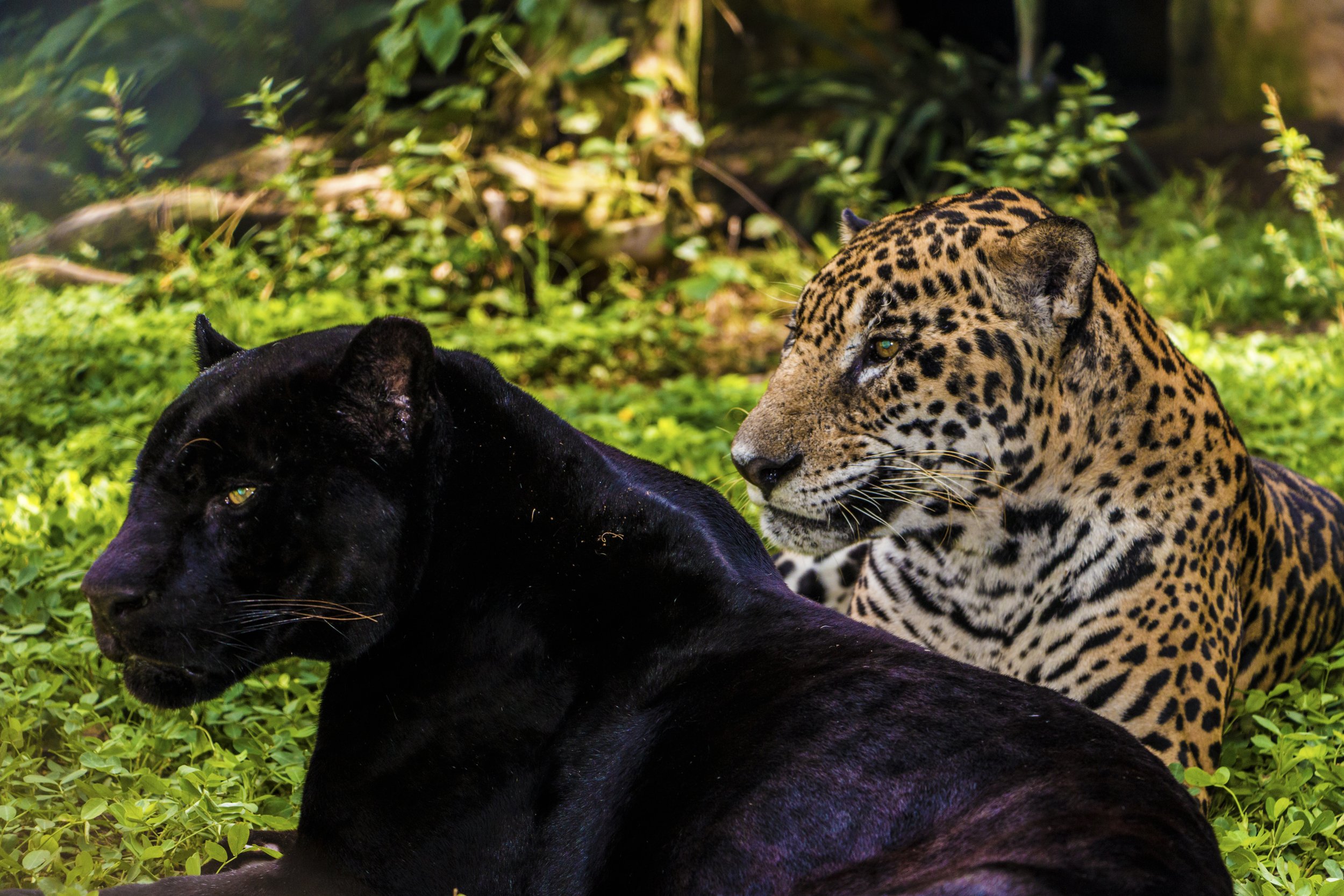
Panama
Panama Passes National Rights of Nature law
In 2020, Callie Veelenturf of The Leatherback Project proposed a Rights of Nature law to the First Lady of Panama. In 2021, ELC’s Latin America Legal Program + Ocean Program teams were invited to make expert comment on the draft law, all of which were accepted. Law 287 successfully passed all three debates and was signed by the President on February 24th, 2022.
Panama thus became the next in a small but growing list of countries to have recognized the Rights of Nature at the national level. The approval of the national law opens the doors for holistic, joint, rights-based governance of forests, rivers, the ocean, and other Panamanian ecosystems.
A Hotspot for Biodiversity
Panama is one of the 25 most megadiverse countries globally, playing a pivotal role in preserving biodiversity and mitigating climate change. Along with Ecuador, Colombia, and Costa Rica, Panama is part of a regional initiative to conserve the Eastern Tropical Corridor (CMAR), a migratory pathway to protect the biodiversity of sea turtles, sharks, and other keystone species. CMAR is necessary to maintain the area’s rich genetic diversity, which sustains local fisheries.
Rights of Sea Turtles Recognized
On March 1, 2023, Laurentino Cortizo, President of Panama, signed a national law that promotes the Protection and Conservation of Sea Turtles and their Habitats. Among other protections, the law recognizes the inherent rights of sea turtles and their habitats (Article 29).
In collaboration with The Leatherback Project, ELC provided input to the law, and it was introduced by Congressman Gabriel Silva in 2021. As an example of a Rights of Nature law, it recognizes sea turtles in Panama as a subject of rights to live and have free passage in a healthy environment, free of pollution and other anthropocentric impacts that cause physical damage.
In addition to recognizing the inherent rights of sea turtles, the law requires fisheries to implement measures to avoid incidental catches, regulates tourism activities in sea turtle habitats, and creates a national committee to conserve sea turtles. This committee is charged with identifying and recommending protected areas, ensuring development activities do not affect their populations, and creating an action plan every five years, among other responsibilities.
Partner

Header: Unsplash / Cristhian Carreño; Gallery Photos: Tourism Panama and Eduardo Estrada; Resources: Unsplash / Bennet Robin Fabian; Footer: Unsplash / Chema Photo





